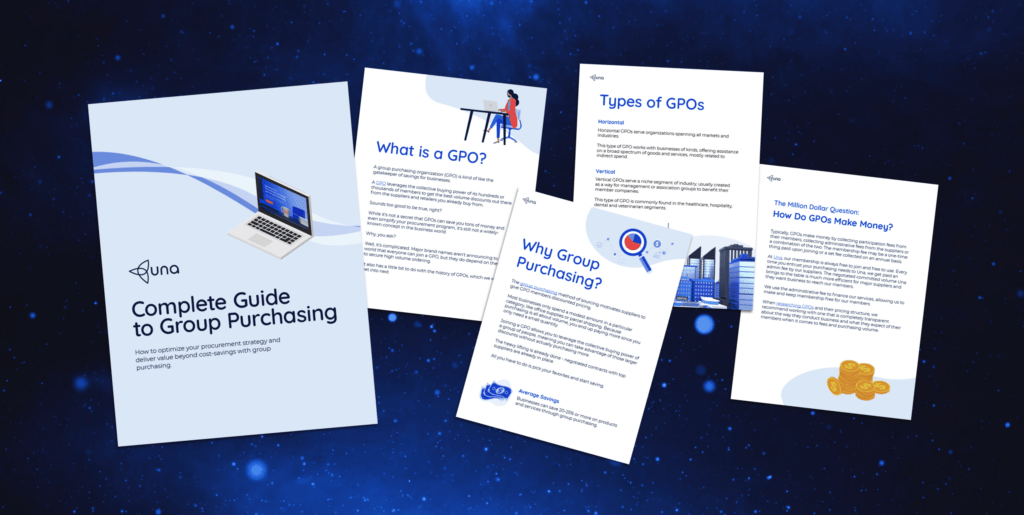5 Ways To Optimize Your BPO Relationships
By Hugo Britt | December 15, 2020
Imagine all the meaningful things you could have been doing instead of spending the last 20 minutes paying your utility bills. Wouldn’t it be nice to have someone organizing your vacation, making plans with your friends, replying to your emails, and ordering your grocery shopping?
There are some upfront costs associated with hiring a full-time personal assistant, but that person could save you so much time in the long run that you could be doubly efficient in other areas of your life.
Of course, you’d need to hire someone who really “gets” you, who knows exactly what you want and how you like things to be done. After all, it’s frustrating to delegate a task to someone, only to have to do the whole thing again yourself.
In the end, you’re quietly confident that you’d be able to find and hire the perfect PA, given the opportunity (and the funding). You’d establish a positive and productive working relationship through effective communication, good strategizing, and clear goals.
But what does this have to do with procurement?
Outsourcing in procurement
Procurement professionals are increasingly turning to outsourcing as a means of optimizing processes and driving cost-reduction. Outsourcing sees procurement obtaining the delivery of processes, services or goods (that were once taken care of in-house) from third-party suppliers.
Business process outsourcing (BPO), in particular, has rapidly evolved and expanded in recent years. Historically, procurement might have opted to outsource its most simple transactional processes, such as end-to-end invoice management. But today, teams are procuring much more complex services including transaction, execution and contract management, supplier negotiations, payments, HR-based services and catalog management.
What are the benefits and drawbacks of business process outsourcing?
BPO comes with several benefits:
- Reduces overhead staffing costs.
- Drives organizational efficiency.
- Improves spend visibility.
- Gives access to discounted pricing.
- Offers a viable external alternative to offshoring.
- Frees up internal resources, enabling procurement professionals to focus on innovation and strategic activities that drive business value.
- Access to supplier intelligence and expertise.
There are risks, however. While BPO is growing in popularity and promises procurement teams a multitude of benefits, the results can be disappointing. BPO relationships sometimes fail to deliver on their promise of major cost savings, while other risks include a loss of intellectual property, reduced flexibility (thanks to binding long-term contracts), compliance risk, and high attrition.
Download our free whitepaper: The Complete Guide to Group Purchasing

5 ways to optimize your BPO relationships
To get the most value out of your BPO relationships, follow these five steps.
1. Establish your critical factors for supplier selection
What are your top criteria for finding a suitable supplier? It might be the ability to deliver major cost savings or support your organization’s operations. Perhaps you’re keen to leverage a highly specialized procurement consultancy skillset or gain access to sophisticated technology.
Once you’ve laid out your critical factors for supplier selection and identified a shortlist of suitable vendors, you’ll need to facilitate some collaborative working sessions to identify the best-possible service provider for the job.
2. Create a long-term strategy
When outlining the scope of work, it’s important to address both your short and long-term goals to ensure you get the most out of your business process outsourcing relationship. Determine who within your procurement team will be responsible for the management and key decision making of the BPO. These people will be accountable for keeping the relationship on track and monitoring its progress, successes, and challenges.
3. Consider the end-customer
For every BPO relationship, there will be different (and evolving) stakeholder and customer requirements. As you work alongside a supplier to achieve your organization’s long-term goals, it’s important to regularly check-in on stakeholders’ needs and expectations. This can feel like a time-consuming and challenging process in the short term but will drive greater efficiency over time.
4. Implement your sourcing strategy in stages
Be cautious about how you implement changes to your organization’s sourcing strategy. Depending on the scope of the BPO relationship, it might be worth executing the project in several, small stages, starting with the low-risk, transactional elements. Ensure that the relevant stakeholders and those in the business who will be most affected by the changes are kept in the loop via a comprehensive communication strategy.
5. Set KPIs
Continually monitor the progress of your BPO relationship to ensure it is meeting targets and driving value for your organization. Set clearly defined reporting lines and KPIs for your vendor, and check-in regularly to provide feedback and address any concerns.
Get in touch to learn how to save money, time, and effort by outsourcing some of your sourcing activities to Una.



